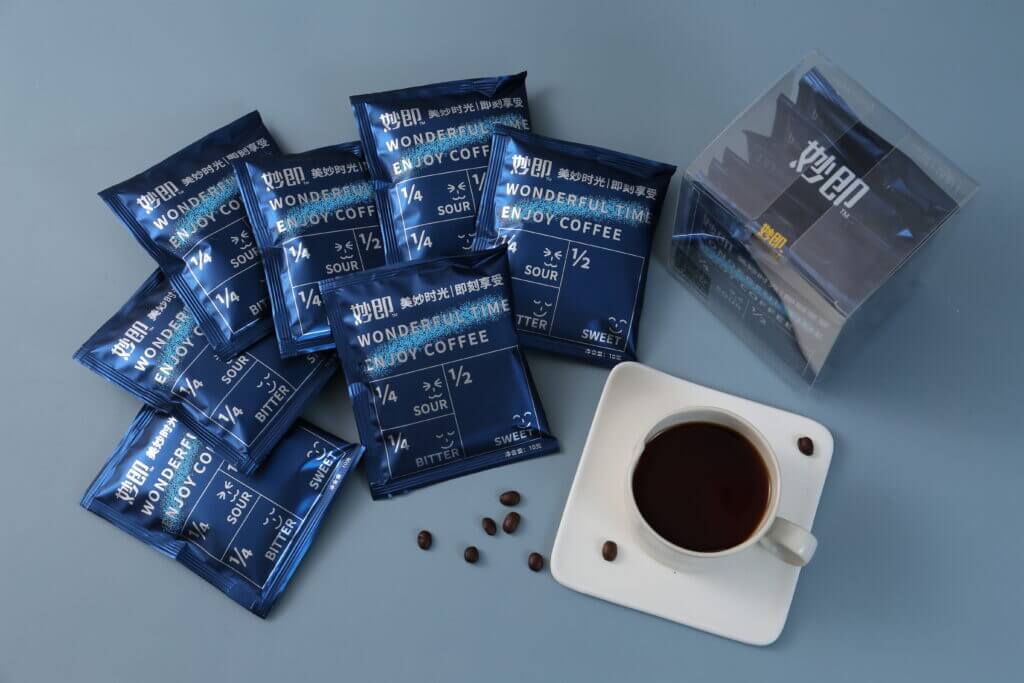The Five Key Factors That Influence Coffee Flavor | Coffee Flavor Factors Guide
Introduction
The coffee flavor factors that define a cup’s taste and aroma are influenced by a combination of environmental conditions, processing methods, roasting techniques, and brewing precision. Each element contributes to the final sensory experience, making coffee one of the most complex beverages in the world. In this article, we delve into the five primary coffee flavor factors that shape coffee flavor and how each can be optimized for the best tasting experience.
1. Coffee Bean Variety and Origin
Arabica vs. Robusta: The Genetic Influence
Coffee’s genetic makeup plays a significant role in determining its flavor. The two most common commercial coffee species are:
- Arabica (Coffea arabica): Known for its smooth, sweet, and complex flavor with floral, fruity, and chocolatey notes. Grown at higher elevations.
- Robusta (Coffea canephora): More bitter and earthy due to higher caffeine and chlorogenic acid content. Typically used in espresso blends for added body and crema (National Coffee Association).
Geographical Influence on Coffee Flavor
Terroir, a term borrowed from the wine industry, refers to the unique environmental conditions where coffee is grown, including:
- Altitude: Higher elevations (1200m+) produce beans with more acidity and complex flavors, directly impacting coffee flavor factors.
- Climate: Moderate temperatures and distinct wet and dry seasons contribute to optimal sugar development and better coffee taste factors.
- Soil Composition: Volcanic soils (e.g., in Ethiopia and Costa Rica) impart mineral-rich characteristics that enhance coffee flavor (Specialty Coffee Association).
Notable Coffee Regions and Their Flavor Profiles
- Ethiopia: Bright acidity, floral and fruity notes (e.g., jasmine, blueberry).
- Colombia: Well-balanced body, caramel sweetness, and citrus acidity.
- Brazil: Nutty, chocolatey, and low acidity, ideal for espresso blends.
- Vietnam: Strong, bold, and earthy, commonly used in robusta-heavy blends.
- Jamaica (Blue Mountain): Smooth body with mild acidity and nutty sweetness.
2. Processing Method
After harvesting, coffee cherries undergo different processing methods that significantly impact coffee flavor factors.
Washed (Wet) Processing
- Beans are fermented and washed before drying.
- Produces clean, bright, and high-acidity coffees with distinctive coffee taste factors.
- Popular in Central America (e.g., Colombia, Costa Rica) (Perfect Daily Grind).
Natural (Dry) Processing
- Cherries are dried with the fruit intact before the beans are removed.
- Leads to fruity, sweet, and wine-like flavors that enhance coffee flavor.
- Common in Ethiopia and Brazil.
Honey (Pulped Natural) Processing
- A hybrid of washed and natural processing where some fruit mucilage is left on the bean.
- Creates balanced, sweet, and slightly fermented notes.
- Popular in Costa Rica and El Salvador.
3. Coffee Roasting
Roasting transforms green coffee beans into the aromatic and flavorful beans used for brewing. Each roast level brings out different coffee flavor factors.
Light Roast
- Flavor Profile: Floral, fruity, high acidity, retains origin characteristics.
- Best For: Pour-over, filter coffee.
Medium Roast
- Flavor Profile: Balanced acidity and body, caramelized sweetness.
- Best For: Drip coffee, French press.
Dark Roast
- Flavor Profile: Bold, smoky, reduced acidity, bitter caramelized sugars.
- Best For: Espresso, milk-based drinks (e.g., lattes, cappuccinos).
Roasting time and temperature play a crucial role in how coffee flavor develops. A longer roasting time caramelizes sugars, while shorter roasting retains more acidity and complexity (Coffee Chemistry).
4. Brewing Parameters
Brewing techniques are the final step in determining coffee flavor factors. Several key variables affect extraction:
Water Quality
- Ideal water should have balanced mineral content (TDS: 150 ppm) and a neutral pH to support optimal coffee flavor (Barista Hustle).
- Hard water (high in calcium and magnesium) enhances body but can dull acidity.
- Soft water (low mineral content) may result in flat, weak coffee, reducing overall coffee taste factors.
Grind Size
The grind size directly impacts coffee flavor factors:
- Coarse grind: Best for cold brew and French press (longer extraction time).
- Medium grind: Ideal for drip coffee and AeroPress.
- Fine grind: Used for espresso, providing a concentrated, strong flavor.
Brew Time and Temperature
- Cold Brew: 12-24 hours at room temperature, producing a smooth, mellow coffee flavor.
- Pour-Over (e.g., V60, Chemex): 2.5-4 minutes, emphasizing clarity and acidity.
- Espresso: 25-30 seconds at 92-94°C, creating a bold and intense shot.
- French Press: 4 minutes at 93-96°C, highlighting body and sweetness.
Drip Coffee (Hanging Ear Coffee)
Drip coffee, also known as hanging ear coffee, is gaining popularity due to its convenience and quality.
- Grind Size: Medium-fine for optimal coffee extraction process.
- Brewing Temperature: 89-92°C for light roasts, 82-88°C for dark roasts.
- Pouring Technique: Use a slow, circular motion to ensure even extraction.
- Blooming Time: Let coffee grounds bloom for 30-45 seconds to enhance coffee flavor factors.
- Water-to-Coffee Ratio: Standard 1:15 ratio (1g coffee per 15g water).
For a detailed guide, visit NewIdeaPack’s Drip Coffee Guide.
Conclusion
Understanding these five key coffee flavor factors—bean variety, processing method, roasting level, brewing parameters, and freshness—allows coffee lovers to refine their brewing skills and fully appreciate the complexity of coffee. Whether experimenting with different origins, tweaking grind sizes, or adjusting brewing temperatures, every variable contributes to creating a unique and enjoyable cup of coffee.
For more insights into drip coffee brewing, check out this detailed guide.

